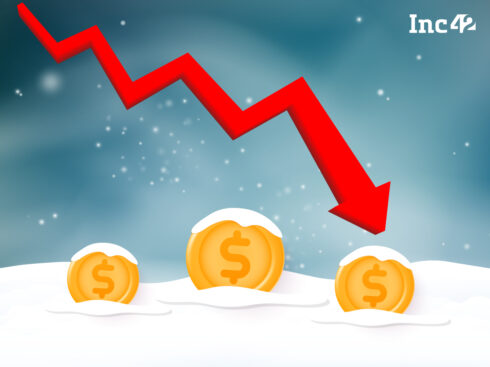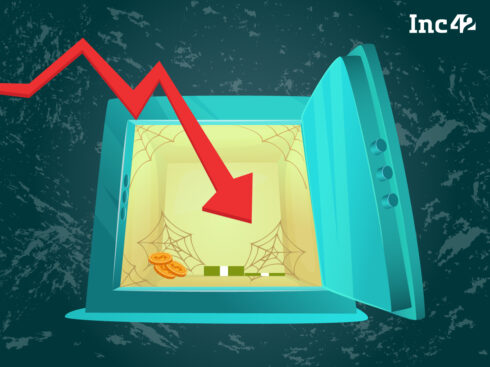Almost every company I have talked to in the last 2 weeks ( total of about 12 startups) has a question around valuation multiples they should expect for their company. While many are concerned about dilution and loss of control, I think the bigger worry should be the high bar of flawless execution priced into valuations.
Basically the way it works is that the higher the valuation multiple (to your revenue, forward-looking growth or execution to date), the less room you have for errors. The higher the valuation, the more flawless your execution needs to be. Else you will be either replaced as the founding CEO, or face a lower valuation in your next round (called down round, and cause cramming).
I had a chance to talk to about 20 founders who recently raised money in the last 5 weeks. All of them, except 3 have raised money in the US, and of the remaining 18-19, 7 have raised money outside the Silicon Valley.
Most investors (seed or institutional) are always looking for a “low” valuation. Few may be looking for a “fair” valuation at the early stage. Often, it is impossible to determine what the valuation of a company is or how much the multiple on their metrics should be.
The “easier” (relatively speaking) valuation multiples are determined on your revenue, if you have any, profit (still rare) or other metrics that you can sell your investors on (e.g. user growth in the case of social networks for example, when you are not yet making money).
The tougher “nice to have” valuation multiples are on the management team, market size, etc. These negotiations are always harder than those on metrics.
So what metrics matter? According to the 20 folks I spoke with, they all fell into – revenue,expected growth (what the investors believed they would be in 12, 18 or 24 months) andgrowth to date (execution).
Step 1: The range of the valuation multiple would be determined for most of these by an arbitrary “market size” number and many quoted “angel list” averages as a good starting point.
Step 2: Then the investors would dive into their current revenues (12 of the companies are making some money). The range for multiple of revenue ranged from 5 X (in India) to 30X (at the high end, Silicon Valley, YC company). Interesting that non of my surveyed companies had more than 30X multiple on their valuation, even though, I have heard via anecdotal evidence again, that there companies getting more.
Step 3: The startup then goes through an exercise of growth projections, and obviously, the higher the growth, the more the valuation multiple. The best way to think about this is via a rule of thumb – for every 10 additional percentage points in growth month-on-month, folks are asking for a 1.1X increase in valuation multiple. So someone growing at 20% M-o-M is asking for 2.2X increase in their multiple, above and beyond their revenue multiple.]
Step 4: Looking at past revenue growth, over the last 6-12 months (if applicable). Many founders are pointing to the past growth purely as a sign of good execution, but not an indicator of future growth numbers. Most founders I talked to believe they will grow faster with the money than without, which the investors discount, since they believe they are providing that fuel.
Step 5: Finally, most cited the use of a well rounded management team and recent competitive “whisper numbers” around startups in the same “space” as benchmark metrics for valuation multiples.
I must caution that most of this is anecdotal and not very scientific, but a good rule of thumb.
What I am telling the entrepreneurs at our accelerators is to make sure they factor in “average” valuation multiples for their projections, but execute so they can get the best.
I’d love your input if you have recently raised money. Let me know in your comments if you’d like to have a discussion (via email or on Slack is preferred).



























